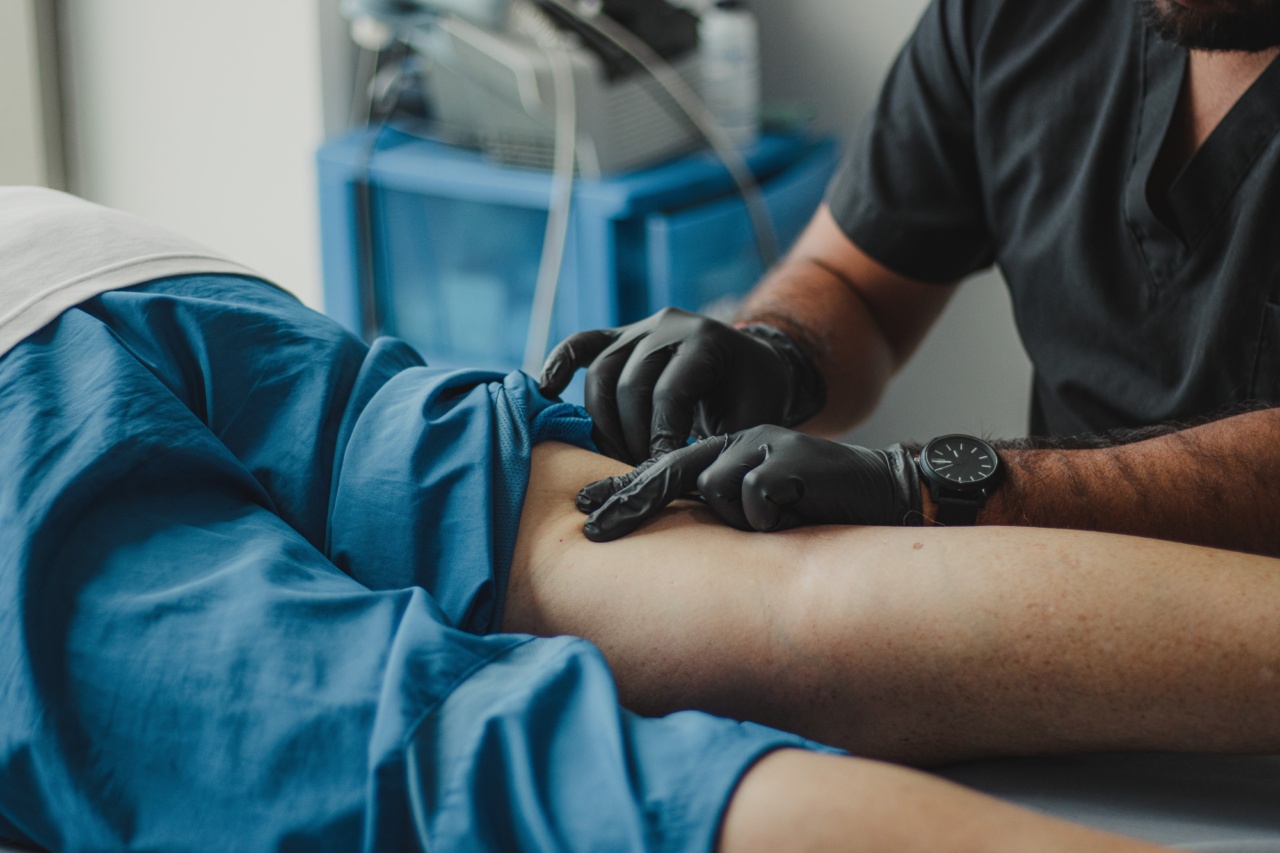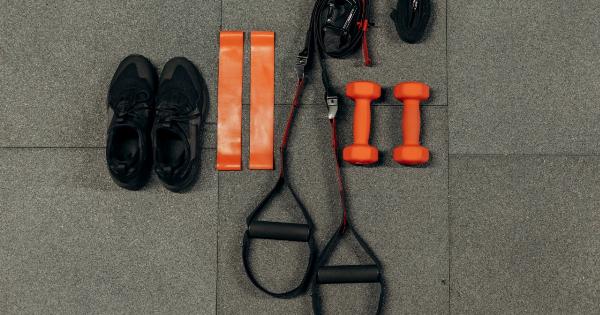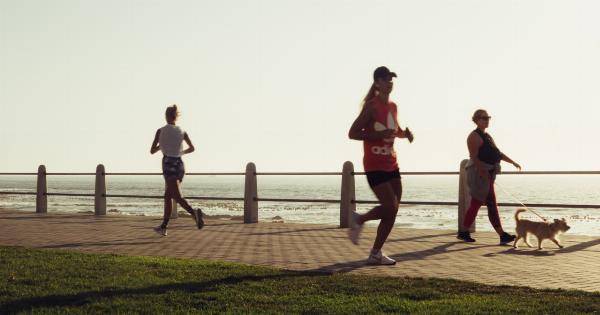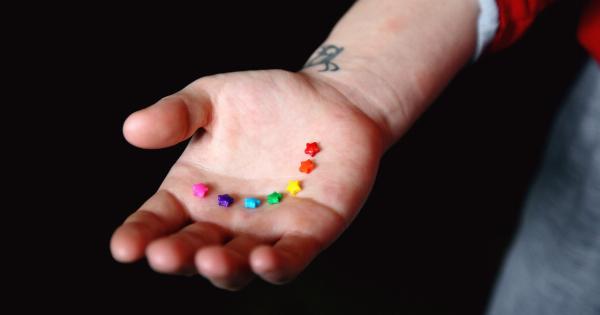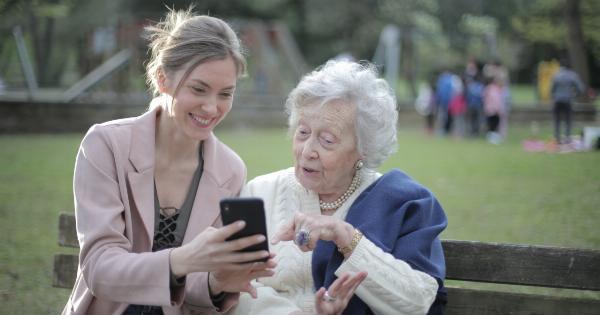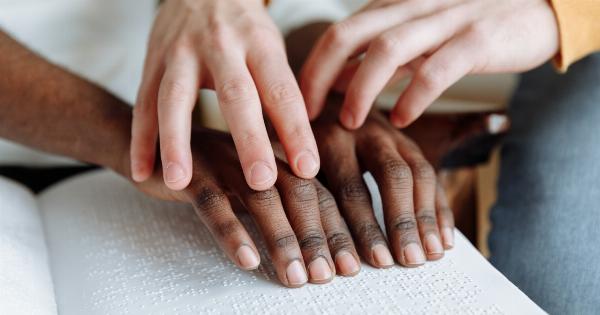Rehabilitation plays a crucial role in enhancing the health-related quality of life for individuals who have experienced illness, injury, or disability.
The goal of rehabilitation is to optimize function and independence in order to improve physical, mental, and social well-being. By combining various therapies, interventions, and supportive services, rehabilitation aims to address the multifaceted needs of individuals and promote their overall well-being.
This article explores the relationship between rehabilitation and health-related quality of life, highlighting the importance of comprehensive and patient-centered approaches.
Defining Health-Related Quality of Life
Health-related quality of life (HRQOL) refers to an individual’s perceived physical and mental health status and its impact on their overall well-being.
It encompasses various dimensions, including physical functioning, emotional well-being, social interactions, and overall satisfaction with life. HRQOL is a comprehensive measure that takes into account the individual’s subjective evaluation of their health status, as well as their ability to engage in meaningful activities and maintain a fulfilling life.
The Role of Rehabilitation in Enhancing HRQOL
Rehabilitation plays a critical role in maximizing HRQOL for individuals with diverse conditions, such as traumatic injuries, chronic illnesses, or developmental disabilities.
By providing multidisciplinary interventions, tailored treatment plans, and ongoing support, rehabilitation aims to address the unique needs and challenges faced by each individual. The key components of rehabilitation include:.
Physical Rehabilitation
Physical rehabilitation focuses on improving physical functioning, mobility, and strength. It involves various interventions, such as physiotherapy, occupational therapy, and specialized exercises.
These interventions aim to restore lost abilities, optimize functional performance, and enhance participation in activities of daily living.
Psychological Rehabilitation
Psychological rehabilitation aims to address the emotional, cognitive, and behavioral aspects of an individual’s well-being. It may involve psychotherapy, counseling, cognitive rehabilitation, and mental health support services.
By addressing psychological barriers and promoting mental resilience, psychological rehabilitation contributes to improved HRQOL.
Social Rehabilitation
Social rehabilitation focuses on enhancing social interactions, interpersonal skills, and community integration. It encompasses interventions such as vocational rehabilitation, peer support, and community-based programs.
By providing individuals with the necessary skills and resources to participate in social activities, social rehabilitation enhances their overall satisfaction and well-being.
Assistive Technology and Adaptations
Assistive technology and adaptations play a crucial role in rehabilitation by facilitating independence and improving HRQOL. These include mobility aids, communication devices, home modifications, and adaptive equipment.
By enabling individuals to perform tasks independently and overcome physical barriers, assistive technology enhances their quality of life.
Education and Self-Management
Education and self-management interventions empower individuals to actively participate in their rehabilitation process and make informed decisions about their health.
By providing knowledge, skills, and resources, these interventions contribute to improved self-efficacy, self-care, and overall HRQOL.
Measuring HRQOL in Rehabilitation
Assessing HRQOL is vital to monitor the effectiveness of rehabilitation interventions and tailor treatment plans accordingly.
Various validated measures exist to evaluate different domains of HRQOL, such as the SF-36, EuroQol-5D, and WHO Disability Assessment Schedule (WHODAS). These assessments provide valuable insights into an individual’s subjective experience of their health and guide the rehabilitation team in optimizing their care.
The Benefits of Comprehensive Rehabilitation
Comprehensive rehabilitation approaches that incorporate all the above components have been shown to yield significant benefits for individuals’ HRQOL.
Studies have demonstrated improvements in physical functioning, pain management, emotional well-being, social integration, and overall satisfaction with life. By addressing the complex interplay between physical, psychological, and social factors, comprehensive rehabilitation enhances the overall well-being and quality of life for individuals in need.
Challenges and Future Directions
Despite the numerous benefits, barriers to accessing comprehensive rehabilitation still exist. These include limited availability of specialized services, financial constraints, and lack of awareness about the importance of rehabilitation.
To overcome these challenges, increased investment in rehabilitation services, interdisciplinary collaborations, and public education campaigns are needed.
In the future, advancements in technology, such as virtual reality and tele-rehabilitation, hold great potential for expanding access to rehabilitation services and improving HRQOL outcomes.
Additionally, the integration of patient-reported outcome measures and personalized treatment approaches will further enhance the effectiveness and patient-centeredness of rehabilitation interventions.
Conclusion
Rehabilitation is a cornerstone of improving health-related quality of life for individuals with diverse conditions.
By addressing physical, psychological, and social aspects of well-being, rehabilitation interventions aim to optimize functional abilities, promote independence, and enhance overall satisfaction. Comprehensive and patient-centered approaches that encompass physical, psychological, social, and technological aspects are key to unlocking the potential of rehabilitation and maximizing HRQOL for individuals in need.
